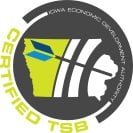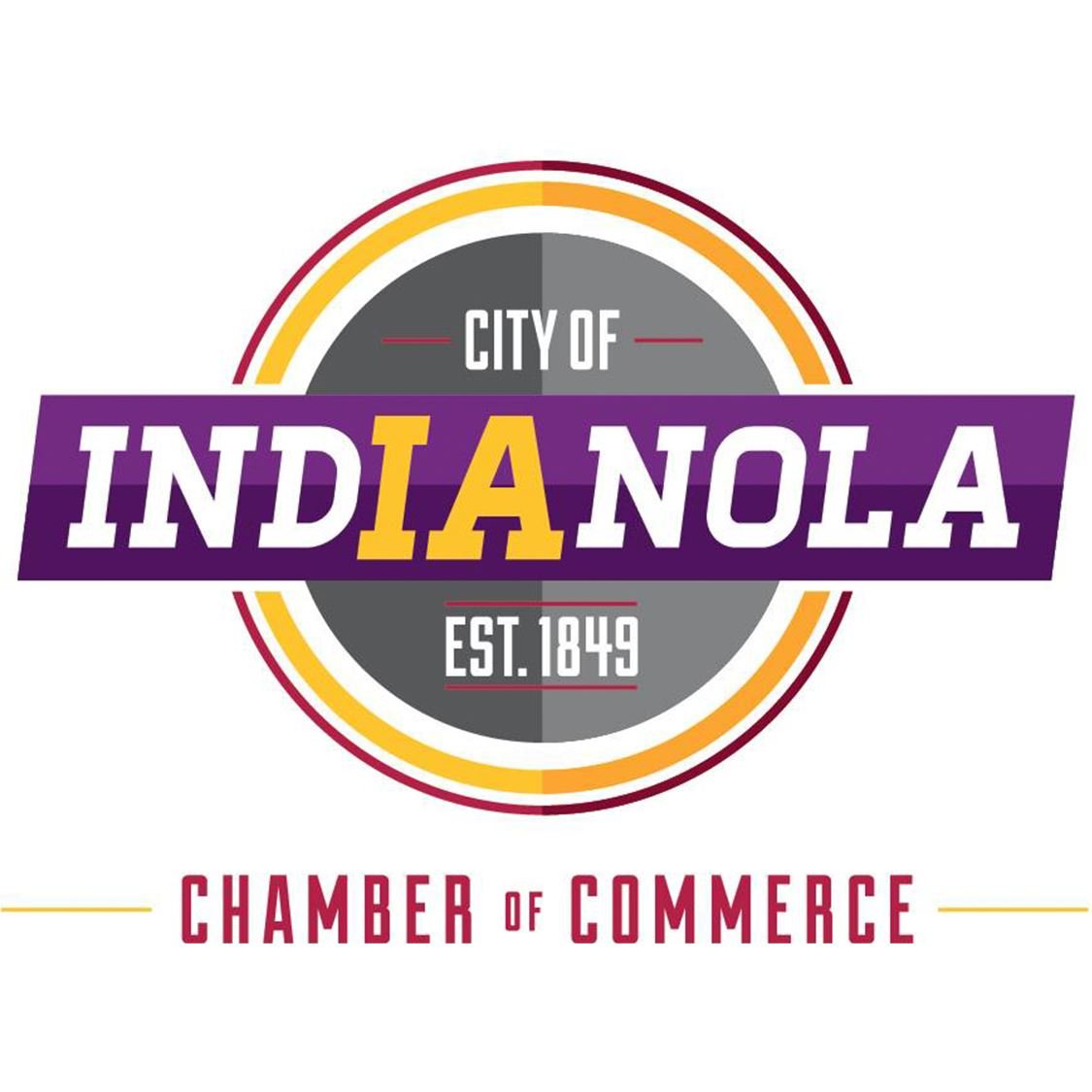If you’re just joining us, welcome to our series on how to influence even better! So far, we’ve talked about critical success factors for influencing up, and how to use our positional and personal power! We all want to feel appreciated, so today, we’re diving into how we can use the languages of appreciation in a meeting, so everyone at the table feels heard and valued.
Let’s look at an example of how this plays out. John has been with his company for a few years, but recently, with the many initiatives in flight, the constant pressures, and the same-old-same old of more work and fewer hands to do the work, he’s started to feel unappreciated for his contributions. These feelings intensify during the company’s Monday meetings where it becomes clear that others aren’t all doing their share, leaving John disengaged, unresponsive, and not contributing meaningfully, during the meetings or back at his desk. On the other hand, Abby, a more senior leader in the same company, has always seen John as an exemplary employee. She’s noticed his strong work ethic, positive attitude, and consistent effort—all qualities that define a model team member. During one particular Monday meeting, Abby sees a different side of John, one that’s disconnected and unengaged, making it difficult to maintain a productive discussion.
Here, we observe a clear disconnect: Abby views John as a valuable asset who is behaving in a way that’s out of character, while John feels overlooked and undervalued, and he wonders if anyone notices him at all. This form of disconnect stems from a simple yet critical issue—a lack of communication.
Abby sees how John is unengaged in meetings, now also at his desk, and it’s begun to show up in the quality of his work. To try and get John back on track, she researches the languages of appreciation and how to properly use them. Dr. Paul White has done great work on this, building off the research of Gary Chapman. You can go directly to the source, or you can also review some of the synthesized resources we offer here.
Acts of Service
What Abby found in this article was a roadmap of how to better understand and apply the proven methods of appreciative language in the workplace. The first method is Acts of Service, which is one of the top two languages of appreciation preferred in work relationships. Acts of service come in the form of small gestures that on the surface may not seem like much, but they show that the employee is being thought about and appreciated. People who speak this language can sometimes get tired of being the “only one” who makes the next pot of coffee or throws away the empty donut box in the break room. Occasionally visibly stepping in and helping with things getting done around the office - whether it’s taking the meeting notes, turning on/off the meeting room lights, setting up the Zoom or projector when someone is running behind, or offering to help finish up a late-Friday afternoon deliverable so they don’t have to do it alone - can make a world of difference when the topic of employee appreciation is being discussed.
Words of Affirmation
The second method of Languages of Appreciation is Words of Affirmation, which is the other form of appreciative language in the top two proven methods. This method tends to be the easiest to implement as all it requires is positive communication between our two characters. A key in using this language is to be specific; saying “good job” is not enough. What did they do that was good? And what aspect of the business did it impact? Furthermore, being recent is another incredibly important aspect of this method. We all want to be given our flowers when we do well, but if we are given said flowers weeks or months late, it’s not as impactful. The last aspect of this method to consider when using words of affirmation is being sensitive. While words are great, some employees may not respond as well to public verbal reinforcement as others and would prefer the comment to be made in private or in writing. As a leader or colleague, it’s up to you to figure out their preference!
Quality Time
Before we can carry on, we must consider the following. What are any of these Languages of Appreciation without the time we set aside to apply them? Quality time refers to allocating and spending dedicated time with team members and employees. This can be done in a multitude of different ways, such as a meaningful conversation, one-on-one meetings, and going out to lunch with them. The benefits of quality time can be seen through stronger workplace relationships and better engagement from team members.
Tangible Gifts
The second-to-last method in the Languages of Appreciation is tangible gifts, which we touched on earlier. For some, tangible gifts—whether it’s a cup of coffee, a small bonus, or a gift card—can be incredibly powerful in boosting morale. These tokens, though modest in cost, can have a profound impact, reinforcing a sense of appreciation and acknowledgment. When employees receive tangible gifts, they often feel a deeper connection to the organization, which can lead to increased loyalty, higher motivation, and improved overall performance. In essence, these small gestures serve as a meaningful reminder that their efforts are noticed and valued, contributing to a positive work environment and fostering a culture of recognition. These don’t have to be large or expensive gifts, but they need to be meaningful to the person receiving them.
Appropriate Physical Touch
The final method of appreciation combines elements from all the other Languages of Appreciation we've discussed: appropriate physical touch. This refers to non-intrusive, respectful forms of contact, such as a handshake, fist bump, high five, or pat on the back. I also am a huge fan of handing someone the thing I need to give them, rather than setting it down on the table or the desk – that physical exchange creates a human connection that is more rewarding than a mere “drop off and pick up.” Offering a high five, for example, can be a powerful way to show appreciation, reinforcing your employees’ efforts in a low stakes yet meaningful manner. However, it's important to remember that this approach may not be suitable for every workplace. Before offering a fist bump or pat on the back, ensure it’s appropriate and that the employee is comfortable with physical touch. Clear communication about this is key to maintaining a respectful and supportive environment.
Now let’s step back into that original meeting with John and Abby, but this time, Abby takes the time to ask what she can do to ensure that every employee feels the most appreciated. This action surprises John, he raises his hand and says that he would like it if his contributions were acknowledged from time to time to ensure that he knows his work is seen and valuable. Abby notes this down and the next day, she expresses gratitude towards John speaking up during the meeting, and thanks him for the work he delivered between yesterday and today the rest of the week continues smoothly. At the next Monday meeting, John is back to his model employee self. He's engaged with the conversation, asking questions about his projects, and communicating his needs to Abby to ensure that his workdays go smoothly. While his performance and his quality of work is back up to their standard, the most important change we see in John is that he wants to be there and is once again excited about work.
As leaders and managers, it’s crucial to our jobs that we find the most impactful ways to motivate our teams and get the best out of all our team members. If you find yourself in a situation like Abby experienced and don’t know where to start showing your appreciation for those who are in the room with you, here are some ways you can use all five languages of appreciation in a single meeting:
- Thank participants for their time and express gratitude throughout, such as thanking participants for their contributions or for raising tough topics.
- Pre-set the room/Zoom with a welcome slide, agendas, handouts, pens, sticky notes, and shared docs so that everyone has what they need before the meeting starts
- Confirm start and stop times in advance and again when the meeting starts, arrive early, use meeting norms to keep the meeting on track if the meeting is virtual, keep cameras on for that personal connection, and be the last to leave
- Bring snacks, call people by their preferred name, chart write in such a way that allows others to see their own words in writing
- Welcome those who reach out with a handshake, end with a high-five (or use reaction buttons), and make eye contact on a regular basis, using the screen camera or by making direct eye contact in the room
You can pay attention to who reacts to which of these connections and offer them more of their preferred language of appreciation in your one-on-one connections.
Here at Your Clear Next Step, we hope that you can use the information provided today to better facilitate meetings and ensure that every employee is accounted for, appreciated, and shown the value that they deserve. If you have any questions, please visit our resource page and don’t hesitate to reach out!

.png?width=1200&height=628&name=Blog%20Featured%20Image%20(2).png)






